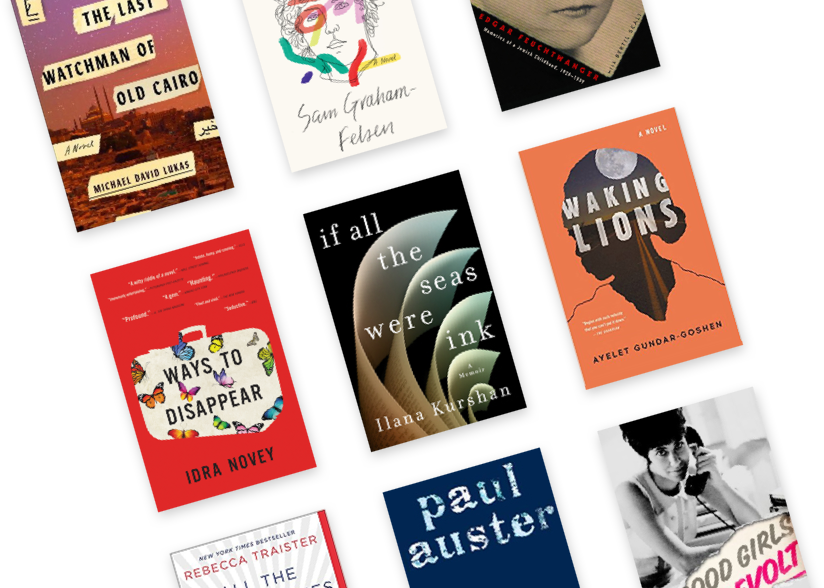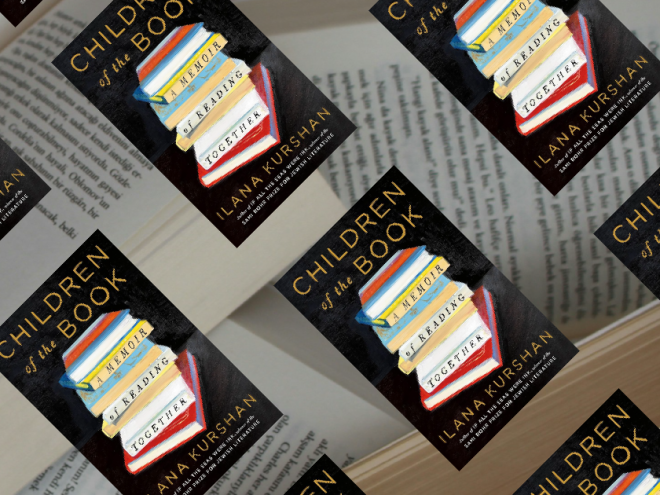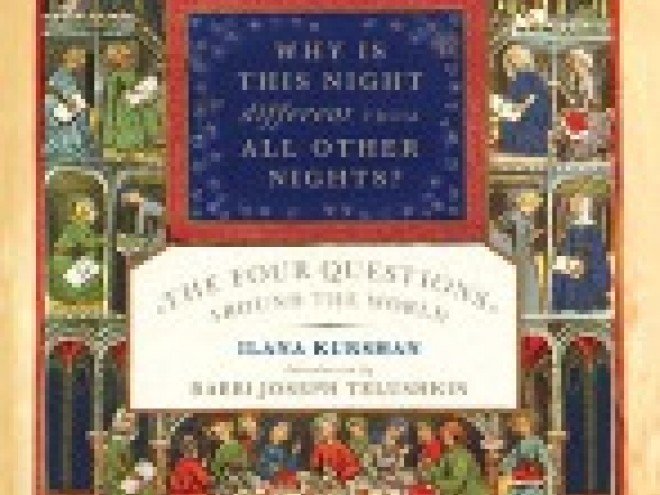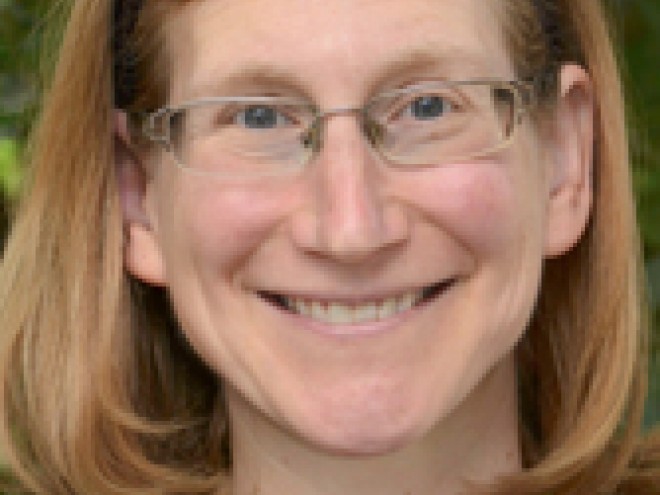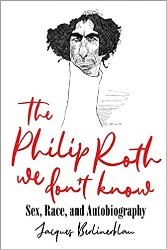Ilana Kurshan’s new memoir, Children of the Book: A Memoir of Reading Together, is a cerebral memoir of both reading and motherhood, which should surprise no one who’s read the author’s previous work. Kurshan’s first memoir, If All the Seas Were Ink, about her learning daf yomi (the “daily page” of Talmud) after her divorce, also braided scholarly exploration together with her everyday life. She makes no secret that books and reading are central to her existence, and her newest memoir shows that she hasn’t let motherhood interfere much with her reading — in fact, it has enriched the experience
In the book’s introduction, Kurshan gives the reader an idea of her reading life with her kids and what the overall scope of her memoir is: “The story of my life has become not just the story of the books I am reading but also the story of the books I read with my children, and reencounter through their eyes.” Indeed, her memoir explores the books she reads with her children and the lessons they learn, but she ties her family’s reading life into something bigger as well — that of Torah. Just as each time we read the Torah cycle, we get new insights and lessons, time has given Kurshan new ways of seeing her children through their literature.
The memoir is broken down into five parts that correspond with the five books of the Torah. Part 1 (Genesis) is about the start of her children’s reading lives; part 2 (Exodus) explores independent reading; part 3 (Leviticus) looks at the Tabernacle as a sort of metaphor for the library; part 4 (Numbers) is about her family’s journey through COVID times, and part 5 (Deuteronomy) looks at autobiography and telling our own stories. If this sounds intense, it is. While she writes about Beezus and Ramona and Ivy and Bean, Kurshan also sprinkles in biblical terms and lessons, as well as rabbinic thought. Kurshan begins each part of the book with a brief summary that ties in the specific book of the Bible and its main ideas/events with themes in her children’s reading.
Kurshan is a wonderfully observant writer and an equally astute Judaic scholar. Juxtaposing the journey of reading with her children with the progression of the books of the Torah is a big undertaking, and at times it feels a bit overwhelming to read. But Kurshan’s smart and sometimes unexpected sense of humor keeps the reader engaged. Books are a lifeline for Kurshan, and this memoir can be seen as a love letter to reading, as well as to her kids. As Kurshan writes, “It is a story about the sacred spaces we create when we connect with our children over what is most important to us.”
And indeed, Kurshan has made her home a sacred space.
Jaime Herndon is a medical writer who also writes about parenting and pop culture in her spare time. Her writing can be seen on Kveller, Undark, Book Riot, and more. When she’s not working or homeschooling, she’s at work on an essay collection.

